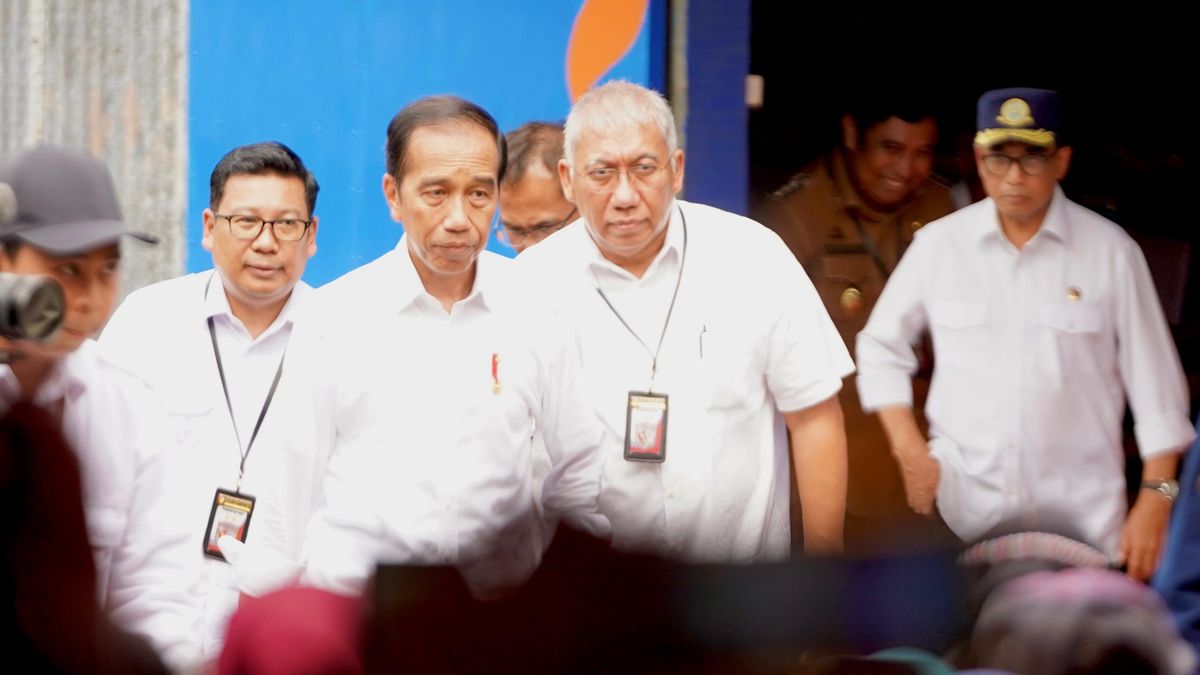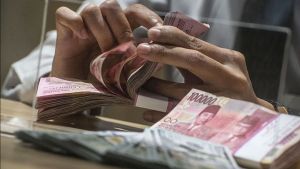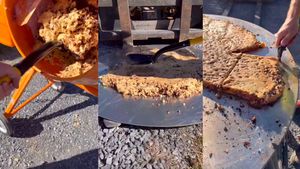JAKARTA - Head of NFA Arief Prasetyo Adi denied that the rice food assistance that had been carried out since the beginning of 2023 caused the availability of rice in the market to become increasingly difficult or rare.
According to him, the rice food assistance program can actually reduce demand or demand for rice. This is because 22 million beneficiary families (KPM) or 89 million people get free rice every month.
Furthermore, Arief said that at the same time the government was still continuing to disburse the Government Rice Reserve (CBP) stock to the market through other intervention programs.
"So it is not true that the distribution of this food agency will actually cause limited rice in the market. The government is committed to intensifying through various programs for the availability of strategic food stocks in the community," he said in an official statement, Thursday, February 22.
"We are both looking forward to the national rice production which continues to be accelerated by friends at the Ministry of Agriculture," he added.
As of February 19, said Arief, the national rice stock managed by Bulog was a total of 1.4 million tons. The absorption of rice sourced from domestic farmers this year has reached 107,000 tons.
Meanwhile, for the Regional Government Rice Reserve (CBPP) stock until the second week of February, the total is 7,500 tons. The preparation for the absorption of national rice production has been designed by NFA together with SOEs in the food sector in welcoming the upcoming rice harvest which will begin to accelerate.
The Central Statistics Agency (BPS) projection reports that in March rice production can reach 3.51 million tons with a harvest area of 1.15 million hectares.
"Now our focus in facing the harvest later is how to keep prices at the farmer level from falling. Today's rice price is of course due to the current NTPP (Food Farmer Exchange Rate) which is very good, at 116.16," he said.
When the harvest starts to rise, continued Arief, prices in farmers will be maintained so that they don't fall too deep. Arief said, this is the task of NFA in maintaining balance from upstream to downstream.
"Where farmers are happy and enthusiastic about planting, then the pangolins can supply GKP (Penen Dry Rice) and the public can also buy rice at a good price," he said.
Regarding the price of rice later, continued Arief, the cost variable has increased, starting from fertilizers, daily work people, fuel, and other production elements. He said, this also does not only happen in Indonesia.
Just look at the price of rice abroad, it has touched 650-670 US dollars per metric ton. So it's a bit difficult to say the price of rice will fall like 2-3 years ago. But the most important thing is the availability of secured stock first," he said.
The English, Chinese, Japanese, Arabic, and French versions are automatically generated by the AI. So there may still be inaccuracies in translating, please always see Indonesian as our main language. (system supported by DigitalSiber.id)













